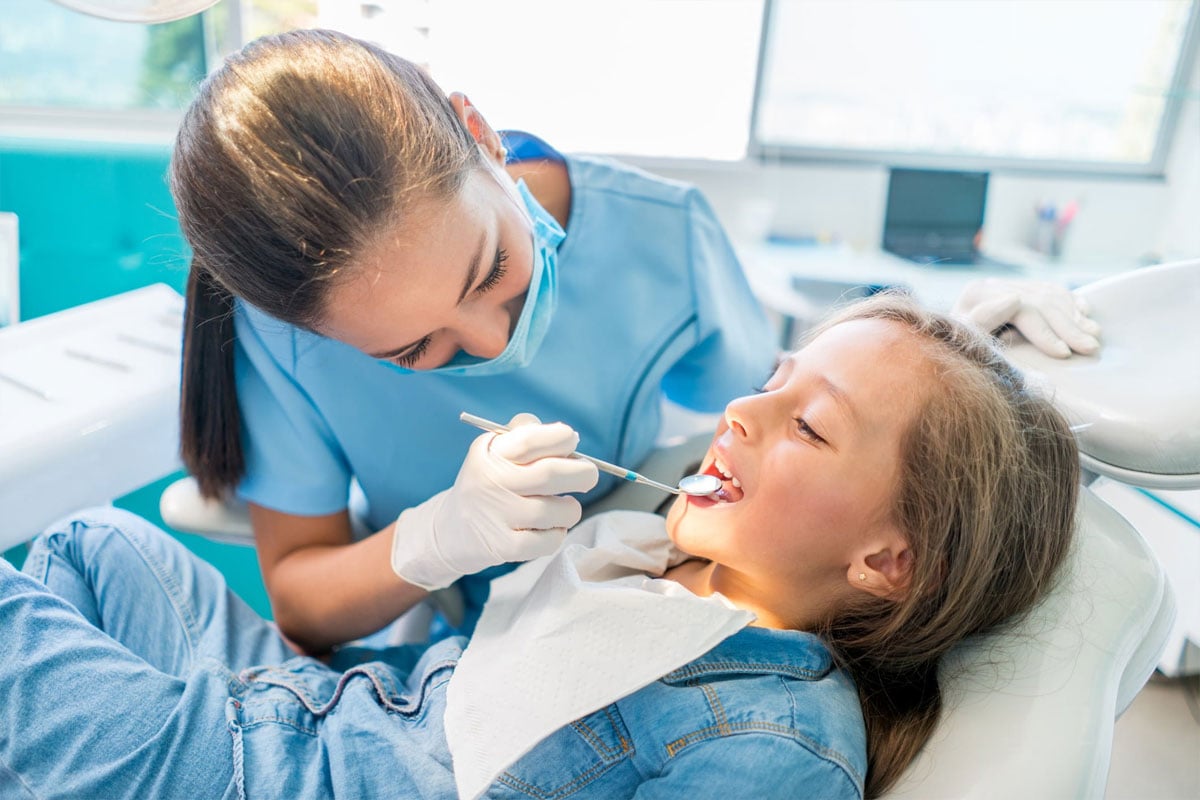Choosing the Right Children's Dentist Near You: What Every Parent Needs to Know
Finding a trustworthy children's dentist near you is more than just a matter of convenience—it's a decision that can shape your child's long-term attitude toward oral health. With so many options available, knowing what to look for in a pediatric dental provider is essential for both peace of mind and your child's smile.

Why Pediatric Dentistry Matters
Pediatric dentists specialize in the oral health of children from infancy through the teenage years. Their training goes beyond general dentistry, incorporating child psychology, behavior management, and developmentally appropriate care. Early positive dental experiences not only promote healthier habits but also reduce the risk of dental anxiety in the future.
Key benefits of seeing a pediatric dentist:
Expertise in child-specific dental needs
Gentle, age-appropriate treatments
Preventive care that evolves with growth stages
Kid-friendly environments that reduce fear and anxiety
What to Look for in a Children's Dentist
When searching for the best children's dentist near you, keep the following factors in mind:
| Criteria | What to Look For |
|---|---|
| Qualifications | Certified in pediatric dentistry, member of AAPD |
| Office Environment | Bright, welcoming, child-friendly decor |
| Staff Behavior | Patience, kindness, and the ability to communicate with children |
| Services Offered | Cleanings, fluoride treatments, sealants, space maintainers |
| Emergency Care | Availability for urgent dental situations |
Questions to Ask Before Your First Visit
Before scheduling an appointment, it's wise to ask a few key questions:
What is your approach to easing dental anxiety in children?
How do you handle behavioral issues or special needs patients?
Do you educate parents and children about oral hygiene practices?
What safety and hygiene protocols are in place post-COVID?
Clear, informative answers can help ensure you're choosing a provider who prioritizes comfort, safety, and education.
How Often Should Kids See the Dentist?
According to the American Academy of Pediatric Dentistry, children should visit the dentist:
By age 1, or within six months of their first tooth appearing
Every six months after the initial visit for regular checkups and cleanings
Routine visits help monitor growth, catch issues early, and instill good habits.
Common Pediatric Dental Procedures Explained
Here are some of the most common treatments and what they involve:
| Procedure | Purpose |
|---|---|
| Dental Sealants | Prevent cavities on molars by sealing grooves |
| Fluoride Treatments | Strengthen tooth enamel and resist decay |
| Space Maintainers | Keep space open if a baby tooth falls out early |
| Pulp Therapy | Treat infected nerves in baby teeth |
| Orthodontic Screening | Evaluate need for braces or other corrective devices |
These procedures are tailored to children's needs and are typically non-invasive and painless with modern tools and techniques.
Tips for a Successful First Visit
Talk positively about the dentist beforehand
Schedule morning appointments, when kids are more cooperative
Bring comfort items, like a favorite toy or blanket
Avoid bribes or threats, which can create fear
Let the dentist lead—they're trained to guide interactions smoothly
Creating a positive impression from the first visit builds long-term trust.
Building Healthy Habits at Home
A great children's dentist complements—but doesn't replace—good oral hygiene at home. Here's a simple guide for parents:
| Age | Brushing Tips |
|---|---|
| 0–2 | Use a soft brush and water or infant toothpaste |
| 2–6 | Use a pea-sized amount of fluoride toothpaste |
| 6+ | Supervise brushing and introduce flossing |
Reinforce daily brushing and reduce sugary snacks to help prevent cavities.
Final Thoughts
Choosing a children's dentist near you is about more than proximity—it's about finding a trusted partner in your child's healthcare journey. With the right provider, dental visits can become something your child actually looks forward to. Prioritize expertise, empathy, and education, and you'll lay the foundation for a lifetime of healthy smiles.
Related Articles
Family Dentistry Demystified: A Complete Guide to Family Dental Care for All Ages
Explore how family dentistry ensures healthy smiles at every age with comprehensive care, convenience, and preventive focus.
A 2025 Parent’s Guide to Pediatric Dentists and Cutting-Edge Pediatric Dental Care
Discover when to visit a pediatric dentist, new fluoride and cavity-arrest options, plus nutrition and tech tips for top-notch pediatric dental care.